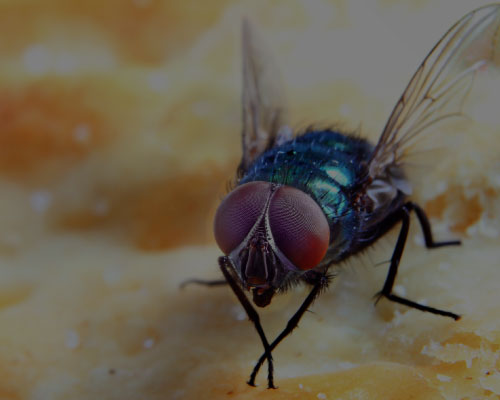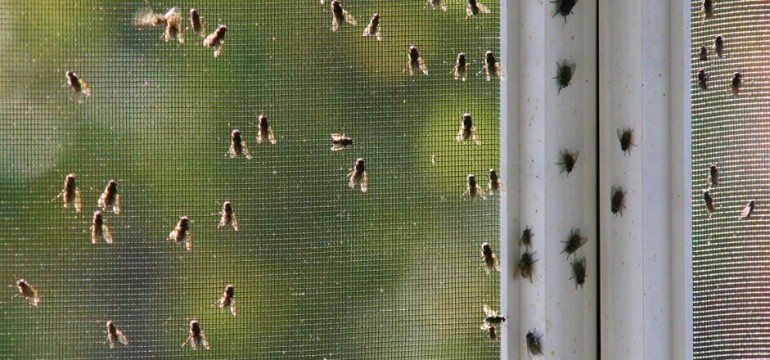The most common flies to be on the lookout for are cluster flies. They get their name from their tendency to cluster their optimum environment for hibernation, like along windows or inside attics and usually in little-used areas on warm, sunny days.
Often confused for house flies, cluster flies have some distinct characteristics. Firstly, a cluster fly is a bit larger than a housefly and has a black/silvery-black multicoloured body. Young, newly emerged cluster flies have short light
brown/yellowish hairs on their lower bodies.
Another difference is cluster fly’s sluggish movement. It will fly around the home but at a less frantic pace than that of the house fly.
These fly infestations are both unsightly and a nuisance, but sadly a common occurrence in many premises, especially restaurants and butcheries. They seek out a warm site offering shelter and protection as they can barely survive the chilly winter temperatures.
They also produce during this season of the year. The females lay their eggs in the soil which hatch after just 3 days. The hatched larvae burrow down into the soil, each in search of a host to enable it to develop. The larva enters the body cavity of an earthworm where it remains for 2-3 weeks, using it as a food source. Finally, the larva pupates inside the earthworm before emerging as an adult fly. There are up to four generations of
cluster fly each year.
Hints of an infestation include spotting a few individual flies here and there before discovering the full ‘cluster’ hiding inside your closed windows or attic.
It would be wise to seal up gaps in roofs, attics, and eaves as these are their common entry points. Burst-A-Bug has a procedure known as pest proofing to limit unwanted intrusions and to deny them entry. Pest proofing not only prevents these bugs from entering the premises but can also exclude them to restrict outdoor and indoor movement. This method provides long-term control and reduces the need for frequent usage of pesticides .

